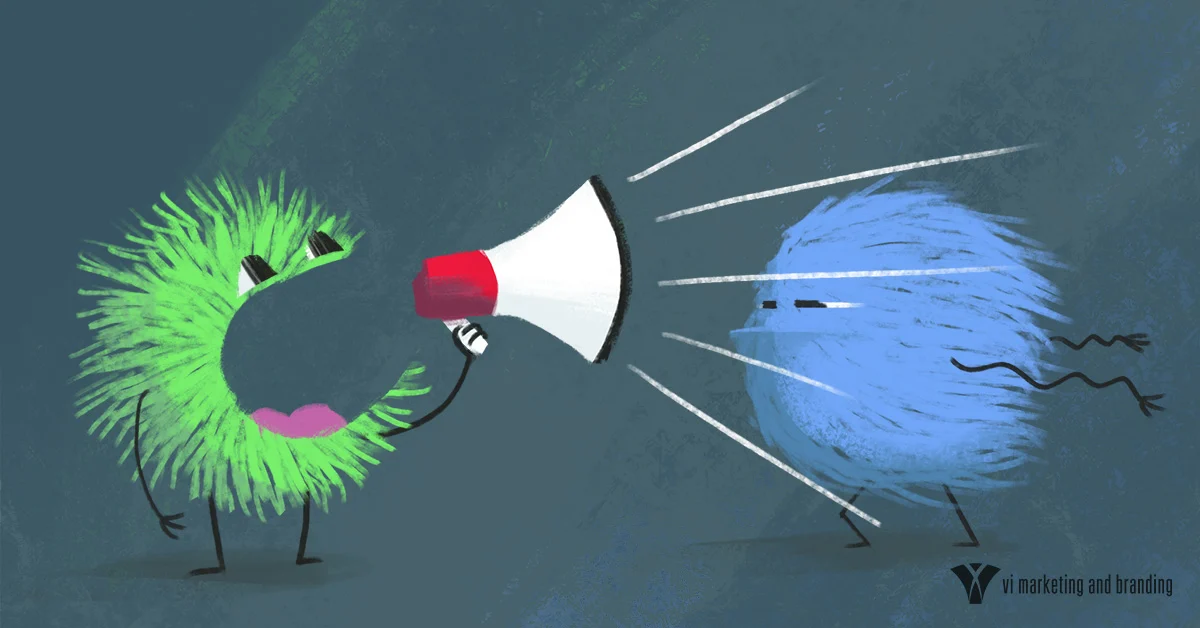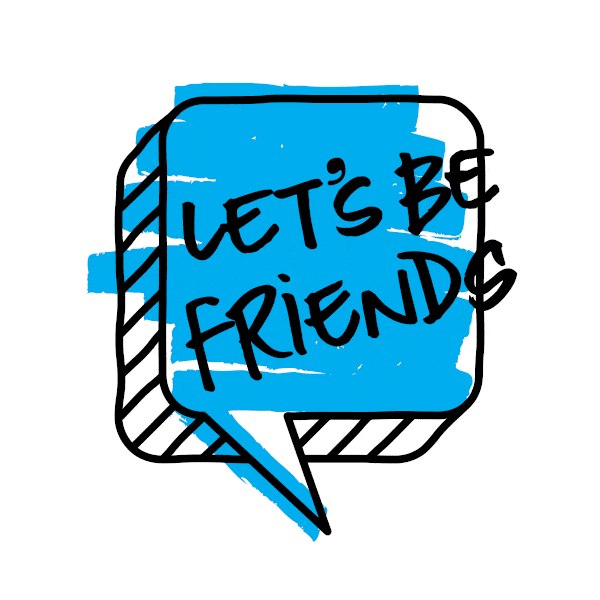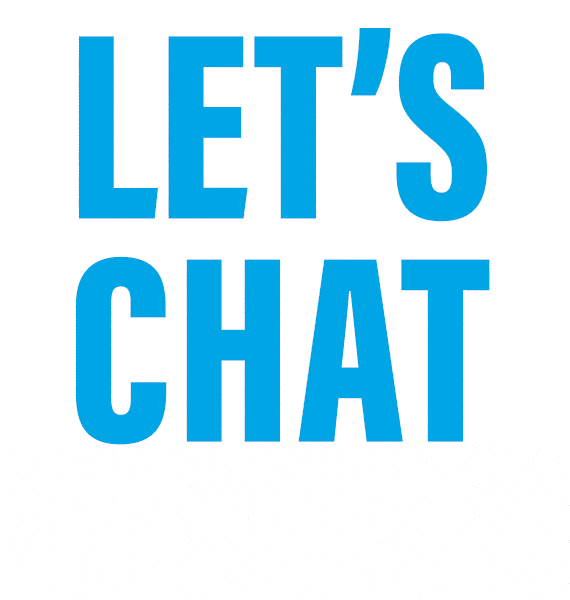It's apparent that in marketing today we can no longer tout the "big sale" or the "new feature" and truly believe that our message is going to resonate with our audience. Heck, our audience no longer wants to be seen as an "audience" or a "consumer" or a "prospect." They want to be seen as a human.
Audiences of today, especially younger demographics, want brands to be more socially aware, authentic and transparent. They care more about who you are than what you are selling. As the digital world moves us into automation and algorithms, the human aspect is now a competitive advantage and a selling point for marketers. We need to understand that purchasing decisions aren't always rational. There are almost always underlying motivations, emotions or sentiments involved in the buying cycles. In an analysis of the IPA dataBANK, which contains 1,400 case studies of successful advertising campaigns, campaigns with purely emotional content performed about twice as well (31% vs. 16%) as those with only rational content. Additionally, the purely emotional campaigns performed slightly better than those that mixed emotional and rational content. Emotionally connected customers spent, on average, twice as much annually as highly satisfied customers. It's safe to say empathy is key to marketing campaigns in 2019 and beyond.
Emotion in marketing isn't a new concept. Brands are building content around brand experiences, storytelling and social purpose—but we have all seen this go wrong. There is a real difference in talking about emotion and having true emotional intelligence. Brands often pay the price when they don’t walk the walk. I think one fault we have in behavior change marketing is that we often want to help solve a problem or challenge that our audience faces but really we need to respond to the challenge, itself. Brene Brown says, “The truth is, rarely can a response make something better—what makes something better is connection.” She follows that by stating that real connection requires vulnerability. “Empathy is a choice, and it’s a vulnerable choice because in order to connect with you, I have to connect with something in myself that knows that feeling.” We need to aim to connect with both the rational and emotional parts of our audiences to truly move the needle towards objectives.
So what does emotional intelligence or "EQ" look like for a brand? Brands that are harnessing EQ are honest about their motives, deeply empathic with their audience and find the overlap between organizational objectives and the motivations of an audience. This is the balance between the emotional and rational parts of your brain. Emotionally intelligent brands, like emotionally intelligent humans, succeed in finding empathetic connections between the who and the why. Emotionally intelligent brands are going to pave the way of this new era. They can identify the underlying needs and motivations of individuals who are not just driven to make a purchase but who can be motivated and empowered enough to make a life change. If marketers can use empathy to understand a persona's life experiences then we can connect our brand with those needs in a truly relevant way.
Five areas of Emotional Intelligence
First let’s give a shout out to Daniel Goleman who introduced the idea of Emotional Intelligence. In the same way we use EQ to understand ourselves and those around us, how to better communicate within our relationships, how to be empathetic and how to deal with conflict (to name a few), we can adapt that knowledge and use it in the same way for brands, marketing campaigns, creative and more. So what are the key areas of EQ and how can we apply them to a brand?
1. Self Awareness: The ability to understand your brand personality, what you offer and the audience's perception of your brand.

2. Motivation: Understanding your brand's ultimate goal and marketing objectives. What are you trying to accomplish? What makes your brand tick? What is the ideal response to your brand from your audience?

3. Empathy: Understanding and sharing the feelings of your audience. Does your audience feel heard? Have you dug deep enough into your audience research or is it still surface level? Have you put yourself in their shoes? Are you thinking of them or just your brand?

4. Self-Regulation: The ability to control your impulses, behaviors and thoughts. Are you being authentic? Is your creative idea based on the "cool factor" or your audience? Are you being proactive or reactive in your marketing efforts?

5. Social Skills: The skills we use to communicate and interact with one another. These skills can be verbal or non-verbal. What is the best way to communicate your message that will resonate in an authentic and human way? Do your brand's "social skills" relate to your audience? Are they offensive? Confusing? Off-putting?

When we spend the time to understand our own personal EQ, we can make emotional connections with our audiences. This will improve engagement and loyalty, which will lead to better conversions, sales, and retention.
Now you may just think I’m a sap, a Si, an INFJ or a Type 2 but I’ll leave you with a quote from Milton Pedraze the CEO of Luxury Institute, “Measuring traditional business metrics to gauge your brand equity, in today’s relationship-driven brand marketplace, is akin to taking your pulse, blood pressure and temperature to figure out whether or not you are a kind human being. Ignoring deep human needs and emotions in business today is pure incompetence, and brands that fail the emotional intelligence test are highly at risk.”
Learn more about branding with VI Marketing & Branding.










